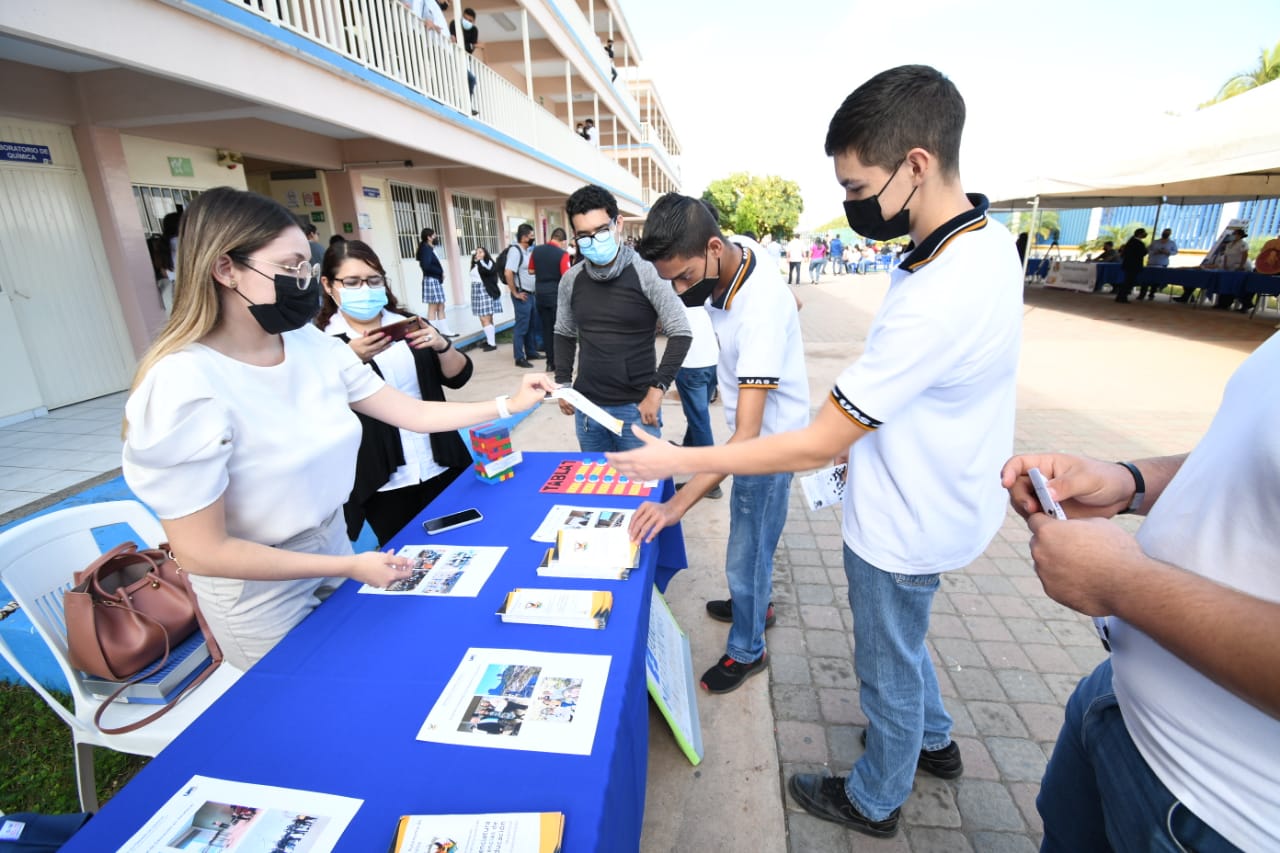Having spent 45 years under the rubble, the secret center “El Atlético” – which operated during the last dictatorship under the command of the Federal Police in Buenos Aires and through which some 1,500 victims of illegal repression passed – will now be restored to memory space.
“It is an important moment for us in terms of enshrinement of the value of truth, as well as the value of justice and moral reparation for the victims”Federal Judge Daniel Ravikas, responsible for the so-called “huge” of the First Corps, in the framework of which Tellam told what happened in that secret center that operated until the end of 1977.
The building, located on the edge of Paseo Colon and Cochabamba in the lower city of Buenos Aires, was demolished to build the May 25 Expressway during the last civil-military dictatorship.
The court in charge of the Rafecas formally handed over property this week to begin recovery missions, after six years of clearing work to gain access to the site.
The judge noted that “10,000 cubic meters of dirt were removed, 1,500 trucks were removed, and there was engineering work with archaeologists and forensic anthropologists.”
As Ravikas explained, “You will be able to access all the basement facilities of the Federal Police Supply Division, where the secret center has been operating since 1976” Through which about 1,500 victims of unlawful repression passed.
From now on, the National Archives of Memory and the Argentine Forensic Anthropology team will carry out work to restore the basement that used to be a secret center.
Judge recalls that “the scheme for the 25 de Mayo Highway went through there and so it was very convenient to demolish the building and bury what was a working center in the basement. It was buried under 10,000 cubic meters of land.”
The land covered 80% of the facilities and only the remaining twenty remained visible Which was part of the building facing the street. In that soil was the torture chamber, called “leonera” or “cuchas”.
“For 45 years, a mountain of land has been placed on top of it,” the federal judge added in an interview with Tellam.
The project aims to restore the place so that it can be preserved as a place of memory, at the request of the survivors and relatives of the victims.
“It’s like a time capsule, 45 years old in a secret center still intact, and we think the items and rooms can be found outside the walls,” Ravikas explained.
For the judge, “It is possible that they did not remove anything. Perhaps the furniture, but other things may have remained.”
“The idea is to become a memory center. This was an initiative of the court, survivors and memory site, and we asked for the cooperation of Autopistas Urbanas‘, he remembers.
The secret detention center operated on Paseo Colón and Cochabamba, and it took six years to clear the land to reach the subsoil.
It was there that the PFA Administrative Department’s Supply Department and Workshops were located, and it is estimated that about 1,500 victims of unlawful repression were kidnapped there, most of them missing.
The property is Declared a historic site since 2005 by the Buenos Aires City Legislature and has been a National Historic Site since 2014.
Survivors, human rights organizations and neighborhoods claimed responsibility for the excavations.
The discovery of objects during the excavations served as evidence in the successive trials conducted against those accused of crimes against humanity at the site.
Since 2014, the property is dependent on the State’s Human Rights Trustee.
This is the secret center Join an oppressive circle with “Banco” and “Olimpo” under the supervision of the Federal Police and the Buenos Aires Policeas proven in the various trials in which convictions of crimes against humanity were issued, according to CELS, the plaintiff in all cases.
Atlético worked in the PFA Supplies division; Bank in Cuatrerismo for Buenos Aires Provincial Police in La Matanza Party and Olimpo in Buenos Aires in PFA maintenance.
They have all worked under the supervision of the 1st Army Corps and are part of the huge case being investigated at the Raficas Court.
Since 2010, 25 oppressors have already been convicted, and 3 accused of crimes committed against hundreds of people who passed through these secret centers during the recent civil and military dictatorship have been acquitted, according to the data of the National Human Rights Secretariat, which is also a prosecutor in the cases. .







